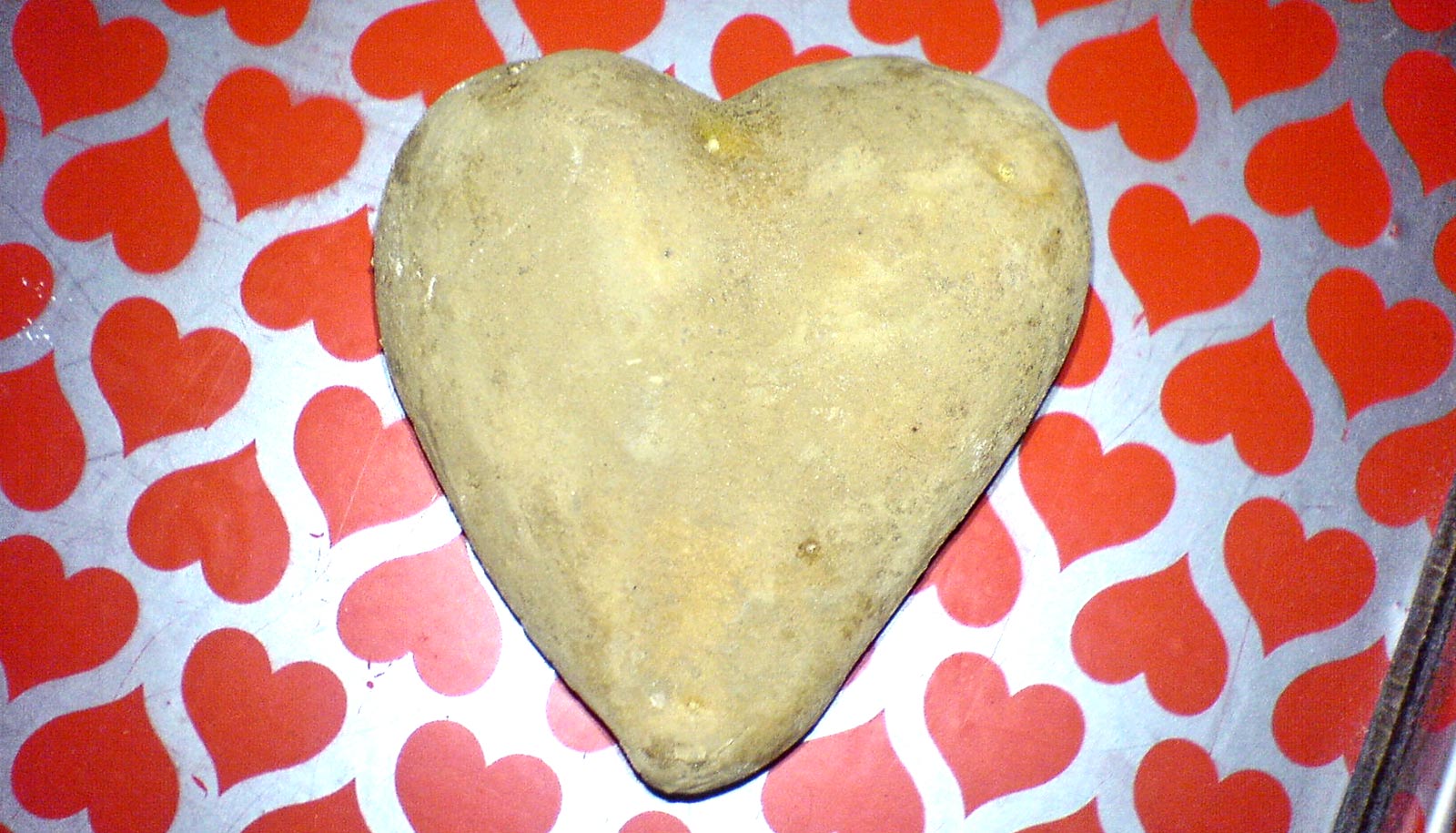Boosting the levels of essential micronutrients in wheat, a technique called biofortification, could help tackle “hidden hunger.”
“Hidden hunger” is how nutritionists describe a lack of essential vitamins and minerals in the human diet.
High cereal consumption, particularly in developing countries, contributes to an estimated two billion people worldwide suffering from iron and zinc deficiencies, explains plant biologist Alex Johnson, associate professor at the University of Melbourne’s School of BioSciences.
“The extra iron is deep within the grain, and it stays there even when we mill the grain to make white flour.”
“The symptoms of hidden hunger may not be as visible as a lack of calories, but the consequences for human health and productivity are devastating,” says Johnson.
Iron deficiency can cause people to develop anemia, making them more susceptible to disease and posing potentially fatal health risks, especially for women and children. Low levels of zinc also have serious health consequences including reduced immune function and childhood stunting.
“Biofortification represents a sustainable solution to hidden hunger because you’re increasing nutritional quality of the crop itself, as farmers share biofortified seeds they amplify the health benefits,” says Johnson.
Although iron is an abundant element in Earth’s soils, it is very difficult for plants to absorb and most species have low iron levels in seeds, which are the parts that we frequently eat.
This poses major challenges when trying to breed iron-enriched cereals, Johnson says. “Decades of conventional breeding haven’t been able to produce iron-biofortified wheat or rice. Even in cases where iron levels have increased, they’re often small increases and in tissues of the plant that we can’t eat or easily digest.”
Biofortification for rice and wheat
To overcome the hurdles facing iron biofortification, Johnson’s research team has utilized plant biotechnology.
Their research effort began approximately a decade ago when the team identified a subset of genes in rice that are “switched on” when the plant senses it is low in iron. They next developed a way to keep one of these genes “always on” and, in doing so, created iron and zinc biofortified rice.
In the Plant Biotechnology Journal, they report that this approach works equally well in wheat. Using the same rice gene, the team employed genetic engineering to shuttle the gene into wheat and leave it “always on.”
The work resulted in biofortified wheat plants with 69 parts per million (ppm) iron in the grain–nearly two-fold higher than conventional grain (38 ppm) and well above the 52 ppm iron target needed to adequately biofortify wheat grain for nutritional benefit.
Furthermore, a significant proportion of the biofortified iron was localized in the inner grain tissues that are used to make white flour, resulting in up to 7 ppm more iron in the biofortified flour.
“This is probably the best result we’ve obtained yet,” he says. “The extra iron is deep within the grain, and it stays there even when we mill the grain to make white flour.”
As an added benefit, more zinc accumulated in a region of the grain that cannot be removed by milling, called the crease, meaning that the white flour also contained more zinc.
Are the iron and zinc bioavailable?
While boosting iron and zinc concentrations in wheat is a major accomplishment by itself, another challenge is ensuring that these micronutrients are in forms that our bodies can absorb and use—that is, they’re bioavailable.
“It’s like money. You can have all the money you need in the bank but if you can’t access it, you may as well have none,” Johnson says.
The team investigated iron bioavailability by pre-digesting flour in a similar way to the stomach and “feeding” it to Caco-2 cells – a laboratory cell line that mimics the human small intestine. They found that iron from biofortified white flour entered Caco-2 cells at nearly double the rate of conventional white flour.
“These results indicate that we’re not only enriching wheat with more iron, but also more digestible forms of iron.”
Johnson’s team is now collaborating on the biofortification effort with researchers at the National Institute for Biotechnology and Genetic Engineering (NIBGE) in Faisalabad, Pakistan, and aims to begin field trials of biofortified wheat in Pakistan this year.
With a population of more than 200 million people and high rates of hidden hunger, Pakistan is a country that could quickly reap the benefits of biofortified wheat.
The biofortified wheat has also undergone its first field trial at the University of Melbourne’s Dookie campus near Shepparton in Victoria. The biofortified plants yielded just as well as conventional wheat, in some cases even better, and the team is now using the harvested grain to bake and analyze a range of iron- and zinc-biofortified breads.
“Many researchers, including those in my team, are in the process of reimagining our love affair with bread,” says Johnson. “An important part of that is coupling bread’s delicious taste with enhanced nutritional value”.
Source: University of Melbourne


